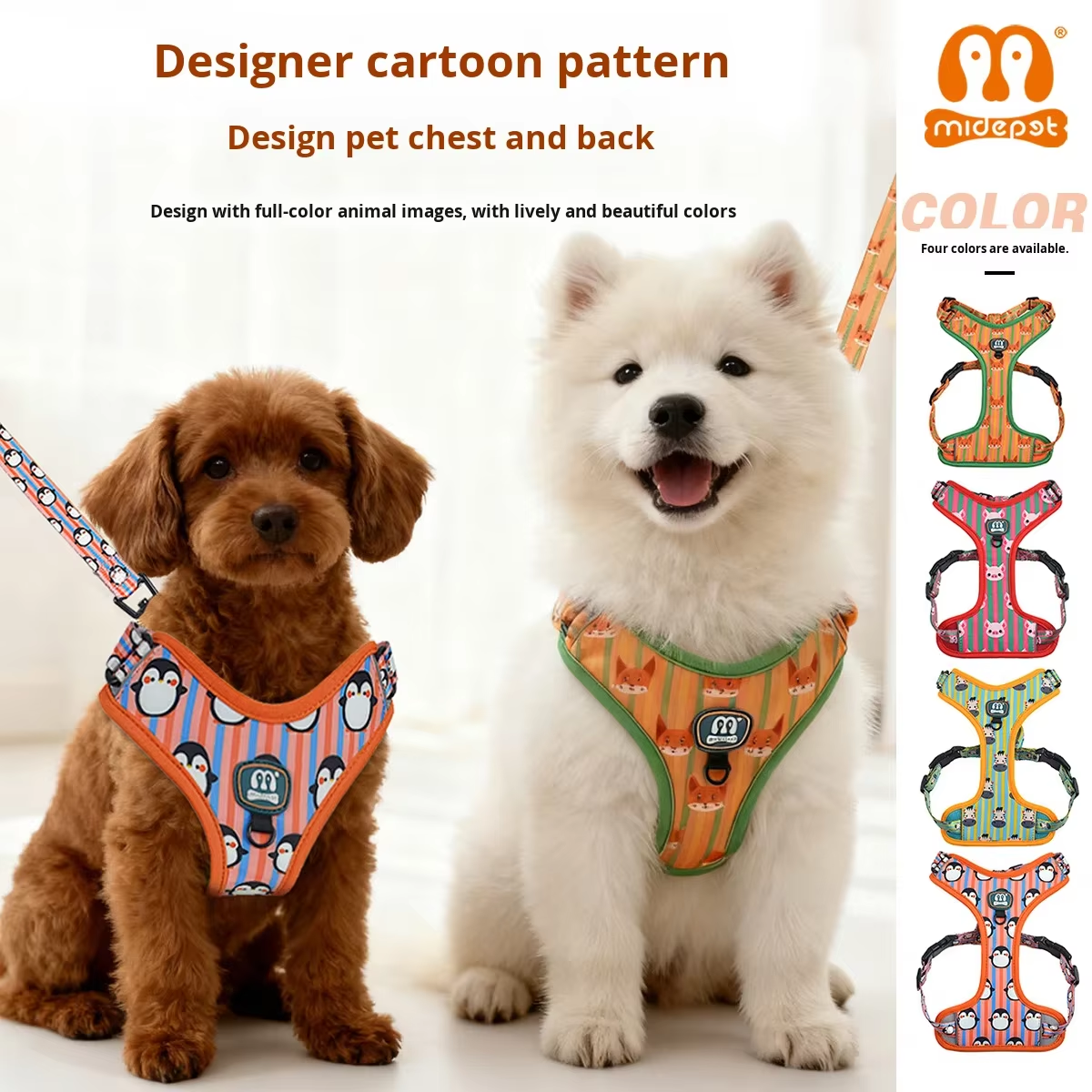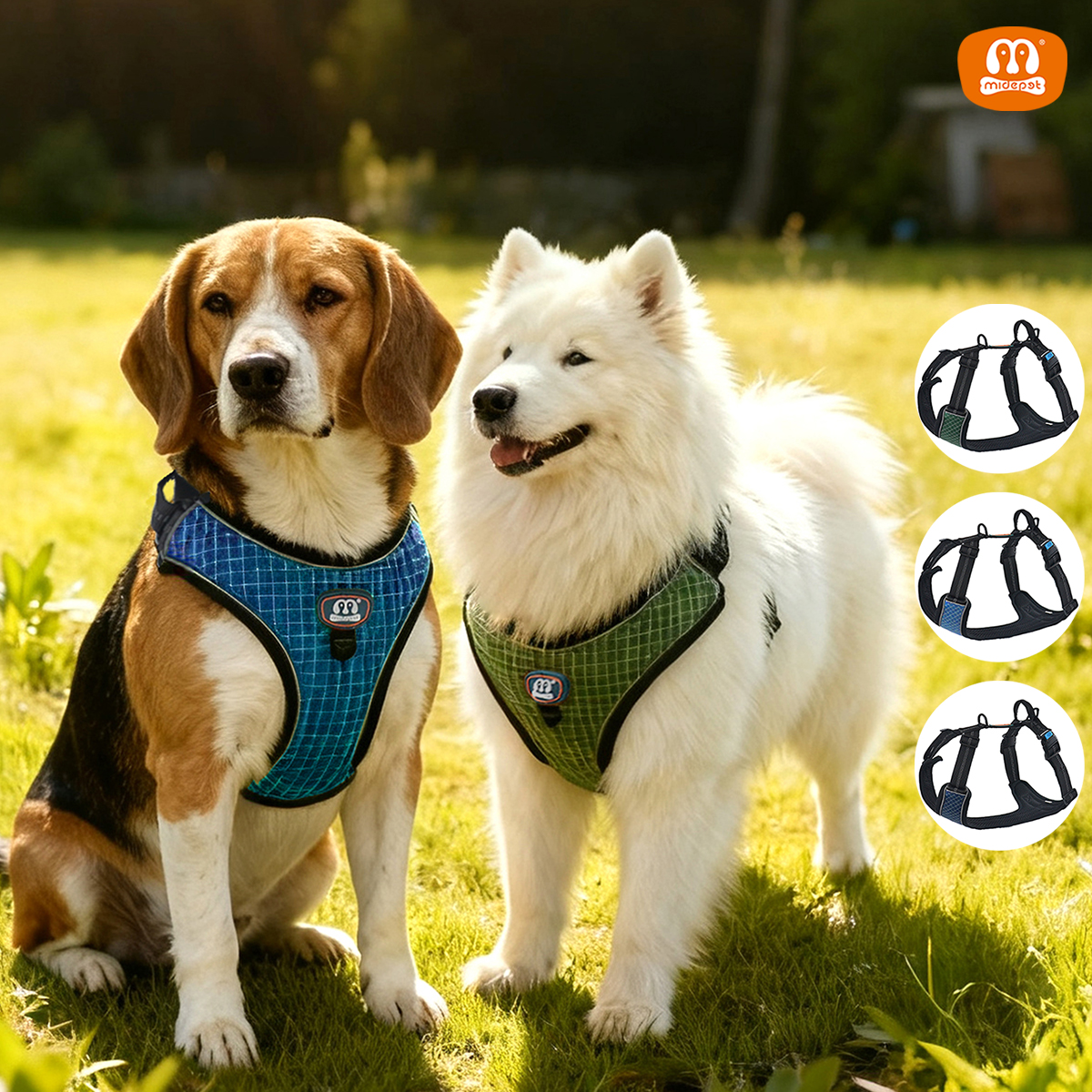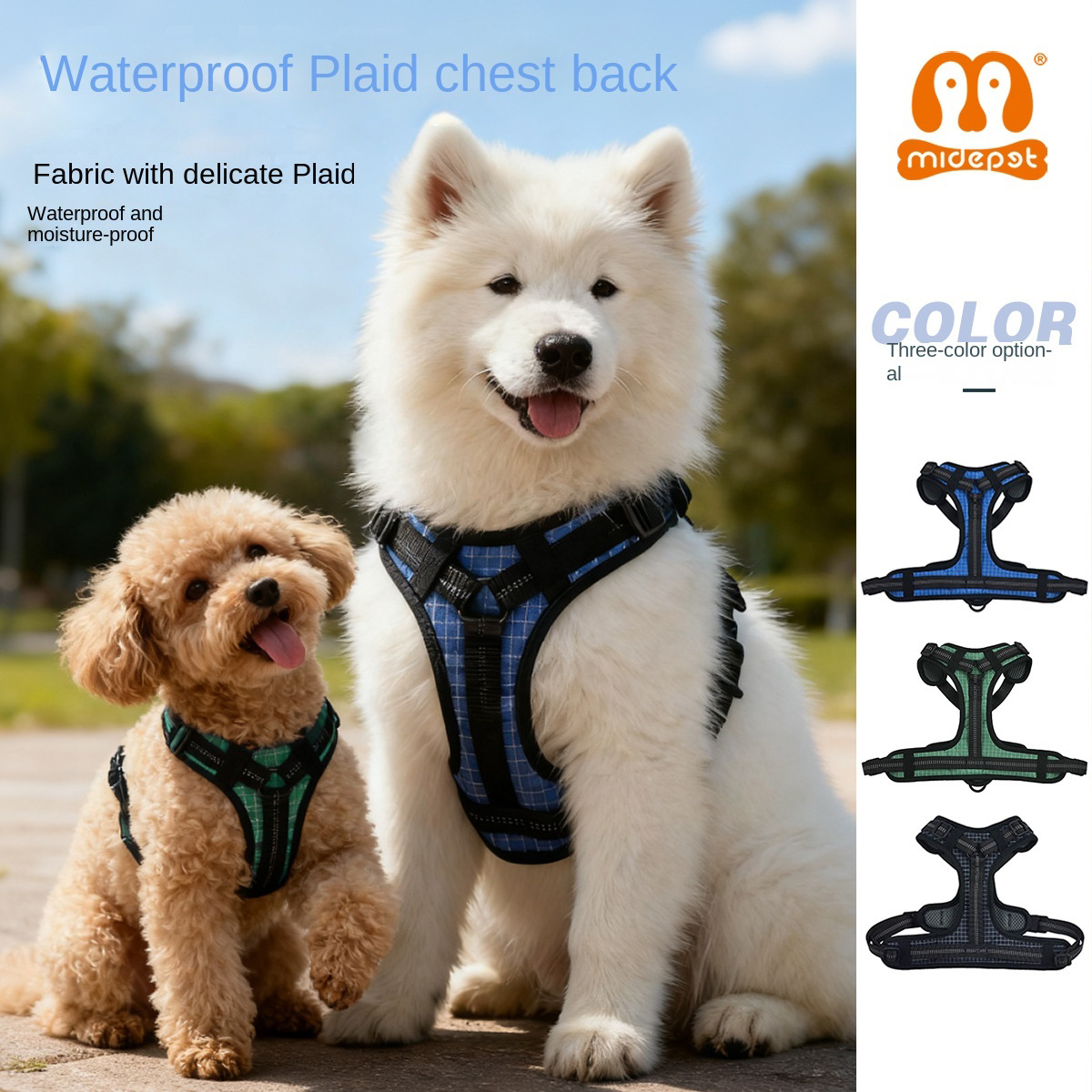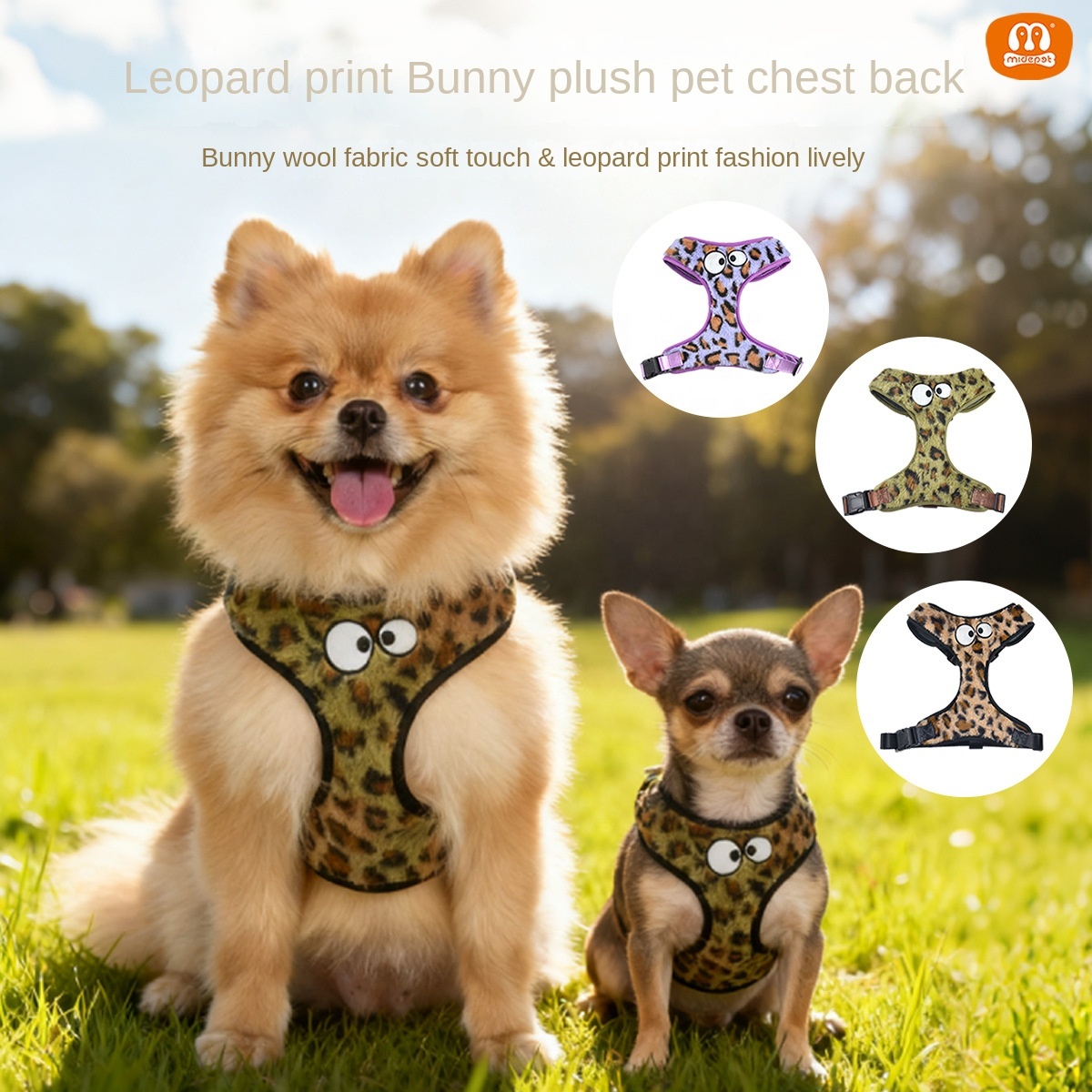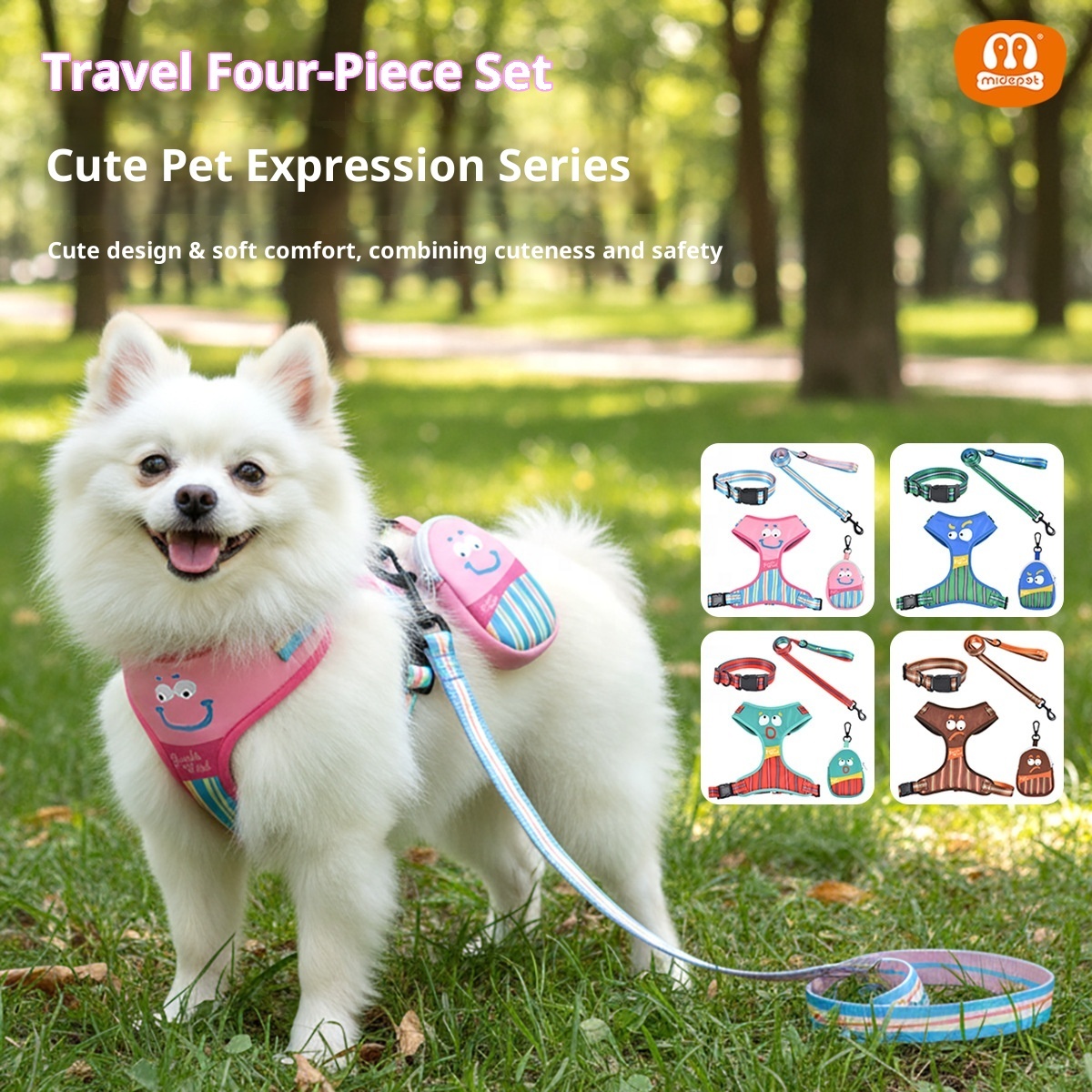How Tight Should You Adjust Your Dog's Collar
Properly adjusting the tightness of your dog's collar is essential to ensuring your pet's safety and comfort. A collar that is too tight can lead to breathing difficulties and skin damage, while a collar that is too loose can slip off or cause the dog to lose control while out and about. Dog collars should be adjusted to a level that will not compress your pet's windpipe and neck muscles while preventing it from accidentally slipping off during activity. Generally speaking, the ideal standard of tightness is to be able to insert one or two fingers between your pet's neck and the collar when you gently press on the collar. This means that the collar fits snugly around the neck but still allows some movement to ensure that your pet is both comfortable and secure during daily activities.

Measuring your dog to get the right size?
The correct collar size is always the first thing to consider. So how do you measure the right size for your dog instead? Use a soft ruler to gently measure around the widest part of your pet's neck, being careful not to tighten it too much. Record this value as a basis for purchasing and adjusting the collar. Different breeds of dogs have different neck shapes, for example, short-haired dogs and long-haired dogs need to take into account the effect of hair thickness when adjusting the collar. In general, the collar should be adjusted to be slightly larger than the measurement by 1-2 cm to accommodate for changes in coat and possible weight changes.
See this article for a detailed measurement tutorial

How do I check the tightness of my dog's collar?
Two Finger Rule: Insert two fingers between the collar and the dog's neck. This is the most common way to determine if the collar fits properly. If you can easily insert two fingers, the collar is the right fit. If it doesn't fit, it's too tight. If it's too loose, more fingers can be inserted.
Observe Behavior: Pay attention to your dog's behavior. If the dog often scratches the collar or shows obvious discomfort, the collar may be too tight or too loose.
Check collar position: The collar should be in the middle of the dog's neck, not too high or too low. Too high can restrict breathing and too low makes it easy to slip off.

Regular inspection and cleaning
Even if the initial adjustment is made properly, the tightness of the collar should be checked regularly, as well as the wear and tear of the collar, especially during the pet's growth period or when there is a significant change in weight. Timely adjustment of the collar size or replacement of the collar is recommended at least once a month to ensure that the collar is always in ideal condition.
Keeping the collar clean will prevent skin infections and other health problems. After each bath, check if the collar needs to be cleaned or replaced.


